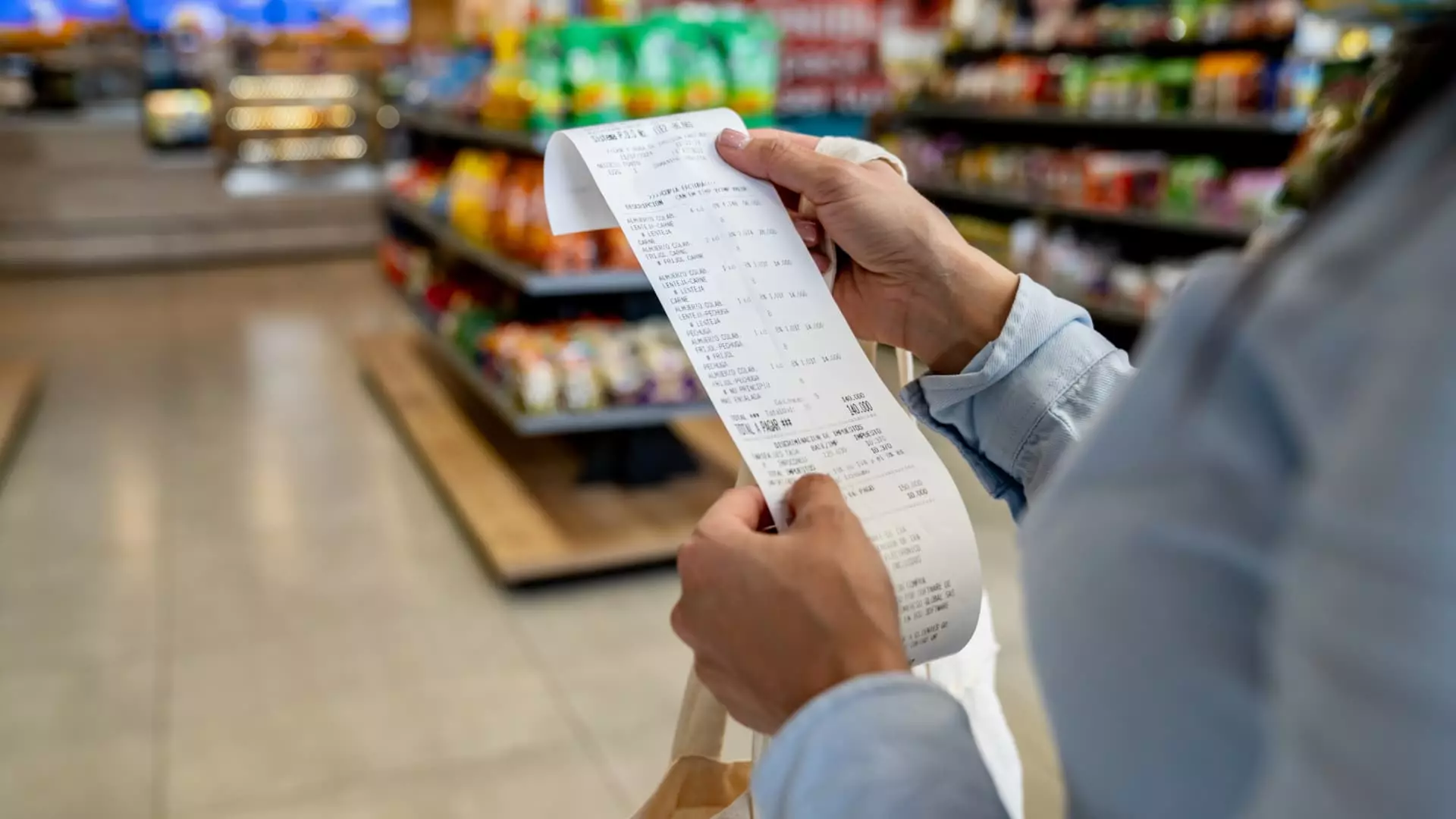In November 2023, consumers experienced a moderate uptick in inflation, with the Consumer Price Index (CPI) revealing a 2.7% increase compared to the previous year. This represented a slight rise from October’s 2.6% rate, indicating that while inflation pressures may be easing, they remain present and impactful. On the surface, this inflationary shift reflects price increases in essential categories such as groceries and gasoline, which have continued to rise and substantially affect household budgets. Economists, however, urge caution in interpreting these numbers, pointing out that while certain areas are experiencing inflationary pressures, others, like shelter costs, have started to decline.
Mark Zandi, chief economist at Moody’s, has characterized the inflation trend as persistent, attributing it to broad-based pressures without a singular source. This suggests a complex inflationary landscape where various sectors contribute to rising prices, rather than a specific trigger causing spikes in consumer costs. The current environment captures the nuances of inflation—while some sectors may show signs of relief, others continue to struggle with pricing pressures.
Moreover, the Federal Reserve’s long-term target remains at 2%, and although the inflation rate has significantly decreased from the alarming 9.1% peak seen in June 2022, the journey towards the target is fraught with challenges. The discrepancy between the common CPI and the Federal Reserve’s preferred inflation gauge, the Personal Consumption Expenditures Price Index (PCE), further complicates the narrative. The PCE often gives a different representation of inflation dynamics, and understanding both indices is crucial for a complete picture of economic health.
One of the standout concerns among economists is the recent spike in grocery prices—an ascent from 0.1% in October to 0.5% in November, highlighted by particularly steep increases in egg prices, which saw an 8% rise in just one month and soared 38% year over year. Such substantial fluctuations in food prices can evoke worry among consumers, particularly as groceries represent a significant part of household spending. Here, it’s important to note that while monthly data may indicate volatility, it shouldn’t be a cause for immediate alarm; food prices are notoriously unpredictable, and economists advise tempered expectations regarding short-term trends.
Transportation costs also remain under scrutiny, with new vehicle prices climbing 0.6% from October to November. This uptick is seen as a byproduct of previous shortages in semiconductor production, which had devastated vehicle availability and inflated prices. As the market stabilizes and inventories recover, price fluctuations are expected, but the persistence of elevated vehicle prices will likely have downstream effects, including rising car insurance premiums as insurers adjust to the higher costs of replacing vehicles.
Healthcare inflation remains a critical factor, largely driven by rising labor costs. Despite an overall easing of wage growth across the economy, the healthcare sector faces unique challenges due to persistent labor shortages. This dynamic helps maintain upward pressures on medical service costs, illustrating that while inflation may ebb and flow in other categories, healthcare prices may continue to resist downward trends for the foreseeable future.
Housing also plays a pivotal role in the current inflation landscape, with shelter accounting for a substantial 40% of the CPI’s recent increase. However, this area has also shown signs of alleviating pressure, with a notable reduction in shelter price inflation—the smallest rise in the last 12 months since early 2022. This reflects a broader shift in the housing market, adjusting from the swift price increases seen in prior years toward a more stable environment that may provide consumers with some relief.
As we dissect the intricacies of inflation in today’s economic climate, it is evident that while there are pockets of both concern and promise, the path forward remains complex. Consumers face a spectrum of challenges driven by recent price increases in essential goods and services; yet, underlying trends suggest a potential trajectory towards greater stability. Understanding the various forces at play—such as labor dynamics, sector-specific trends, and the broader economic context—can equip consumers and policymakers alike with the insights necessary for navigating this multifaceted landscape. The road to consistent, sustainable inflation levels may be long, but hope remains anchored in the emerging indicators of economic recovery.

